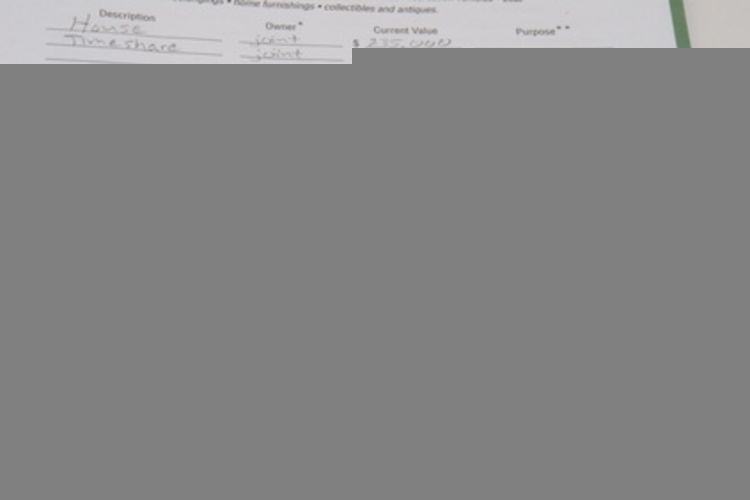Yield to Maturity Explanation and Calculator
Post on: 6 Май, 2015 No Comment

When people talk about the yield of a bond, they are almost always referring to the bond’s yield to maturity. Yield to maturity takes into account both the coupon interest payment you receive on the bond, changes in the value of the bond as it moves towards maturity, and the return received on the reinvestment of interest payments. Here is a video overview of yield to maturity, along with more detailed notes below the video:
Here is a Yield to Maturity Calculator if you would like to try it out.
Confused yet? Lets break yield to maturity into a few pieces which are easier to digest:
Key Concept: Bond prices move inversely to interest rates.
When interest rates rise the value of an existing bond falls. When interest rates fall the value of an existing bond rises. For a more detailed explanation as to why go here .
When a bond is trading at a price below its face value (the amount you will receive at maturity), it is said to be trading at a discount. When a bond is trading at a price which is above its face value, it is said to be trading at a premium.
The coupon payments that you receive from most bonds will be exactly the same in dollar terms as the original buyer, regardless of whether the bond is trading at a premium or a discount. Because the price of the bond has changed however, in percentage terms you will not be getting the same return per year. To calculate the new return, you simply divide the dollar value of the annual coupon payments, by the price you paid for the bonds.
This number is called the current yield.
A bond’s current yield is simply the amount you receive from the bond in coupon payments over 1 year, divided by the current price of the bond. However, when investing in a bond that is trading at a premium or discount, the current yield is a misleading indicator for the total return you can expect.
If you buy a bond trading at a discount, you will be paid the face value when held to maturity. As the face value is greater than the price you paid, you will have a gain. This gain is not included in the calculation of current yield.
In the case of a bond which is trading at a premium, you will receive less than what you paid at maturity, which is also not included in the current yield calculation. As these differences are often significant, they should be included in the overall return that you receive when investing in a particular bond.
This is where yield to maturity comes into play.
Yield to maturity (YTM)
Key Concept: Yield to maturity takes into account the coupon payments, the difference between the purchase price and face value, and the return you should receive from re-investing the coupon payments.
When evaluating a bond you will always know what the coupon payment of the bond is, as well as the difference between the purchase price and the face value of the bond. As no one knows what interest rates will be in the future however, there is no way to know what rate an investor will receive when reinvesting their coupon payments. This is a large dilemma because one of the major benefits of investing in bonds is the power of compounding and if you leave out the return from reinvesting coupon payments, a large portion of the actual return you should realize is missing.
To overcome this dilemma the yield to maturity calculation makes the assumption that coupon payments will be reinvested at the YTM rate, for the life the bond. While this means that the Yield to Maturity calculation is not 100% perfect, it still gives the best estimate of the return you should expect over the life of a bond. It also gives the best standardized measurement to look at when comparing one bond vs. another.
Related Concept: The Yield Curve
The Yield To Maturities of similar of bonds with different maturity dates are often plotted against each other. Such a graph is called the yield curve .
Learn how to generate more income from your portfolio.














